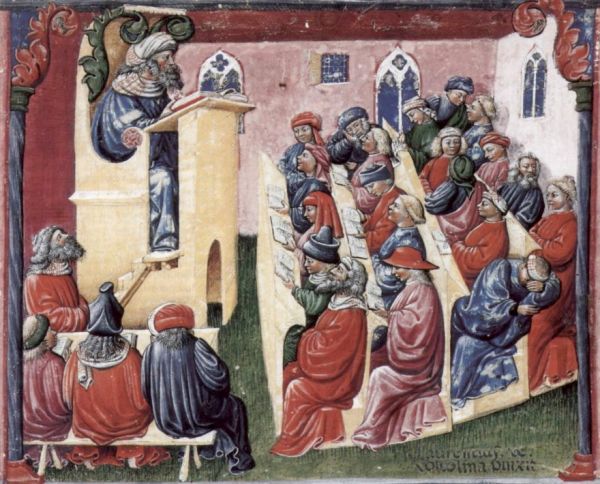Carolina Naturally is read in 192 countries around the world daily.
Don't forget to visit our sister blog: It Is What It Is
Some of our readers today have been in:
Johannesburg, South Africa
Msida, Malta
Sao Paulo, Fortaleza and Curitiba, Brazil
Calgary, Mississauga, Thunder Bay, Winnipeg, Fernie, Ottawa,Toronto, The Village, Templeton and Sioux Lookout, Canada
Tehran, Iran
Bhilwara, Dhanbad, Chennai, Bikaner, New Delhi, Mumbai, Thiruvananthapuram and Bangalore, India
Omsk, Vladivostok, Moscow and Ryazin, Russia
Dhaka, Bangladesh
Oslo and Bergen, Norway
Milan, Rome, Italy
Brussels, Belgium
Santo Domingo, Dominican Republic
Paris, Rouen, Laval and Roubaix, France
Riga, Latvia
Buenos Aires, Argentina
London, Woking, Slough and Birmingham, England
Jakarta, Pontianak and Bondowso, Indonesia
Douala, Cameroon
Zhovti Vody, Ukraine
Iasi, Romania
Kuching and Shah Alam, Malaysia
Bangkok, Thailand
Nokia and Tampere, Finland
Khartoum, Sudan
Quezon City, Manila and Cafe, Philippines
Porto-Novo, Benin
Doha, Qatar
Ljubljana, Slovenia
San Juan, Puerto Rico
Mexicali, Mexico
Seoul, Korea
Koeln and Nuremberg, Germany
Santiago, Chile
Managua, Nicaragua
Dublin and Greystones, Ireland
Madrid, Vigo, Basauri, Zeanuri and Almeria, Spain
Islamabad, Pakistan
Warsaw, Poland
Sydney, Australia
Riyadh and Ar Rass, Saudi Arabia
Kelaniya and Colombo, Sri Lanka
Newport, Wales
Guatemala City, Guatemala
Solna, Sweden
Muscat, Oman
Zurich, Switzerland
Zhengzhou and Bejing, China
Denizli, Turkey
Ruse, Bulgaria
Petah Tikva, Israel
Auckland, New Zealand
Kuwait, Kuwait










 The
Verge has an extensive article on the rise of broadcast censorship.
Despite the devotion to freedom of speech, broadcasters have always been
terrified of audience response, and did what they could to avoid
offending anyone. The first incidence of broadcast censorship occurred
in 1921, when Vaudeville performer Olga Petrova visited one of the
earliest radio stations. Petrova was known to be opinionated, and a
friend of birth control advocate Margaret sanger.
The
Verge has an extensive article on the rise of broadcast censorship.
Despite the devotion to freedom of speech, broadcasters have always been
terrified of audience response, and did what they could to avoid
offending anyone. The first incidence of broadcast censorship occurred
in 1921, when Vaudeville performer Olga Petrova visited one of the
earliest radio stations. Petrova was known to be opinionated, and a
friend of birth control advocate Margaret sanger.



















